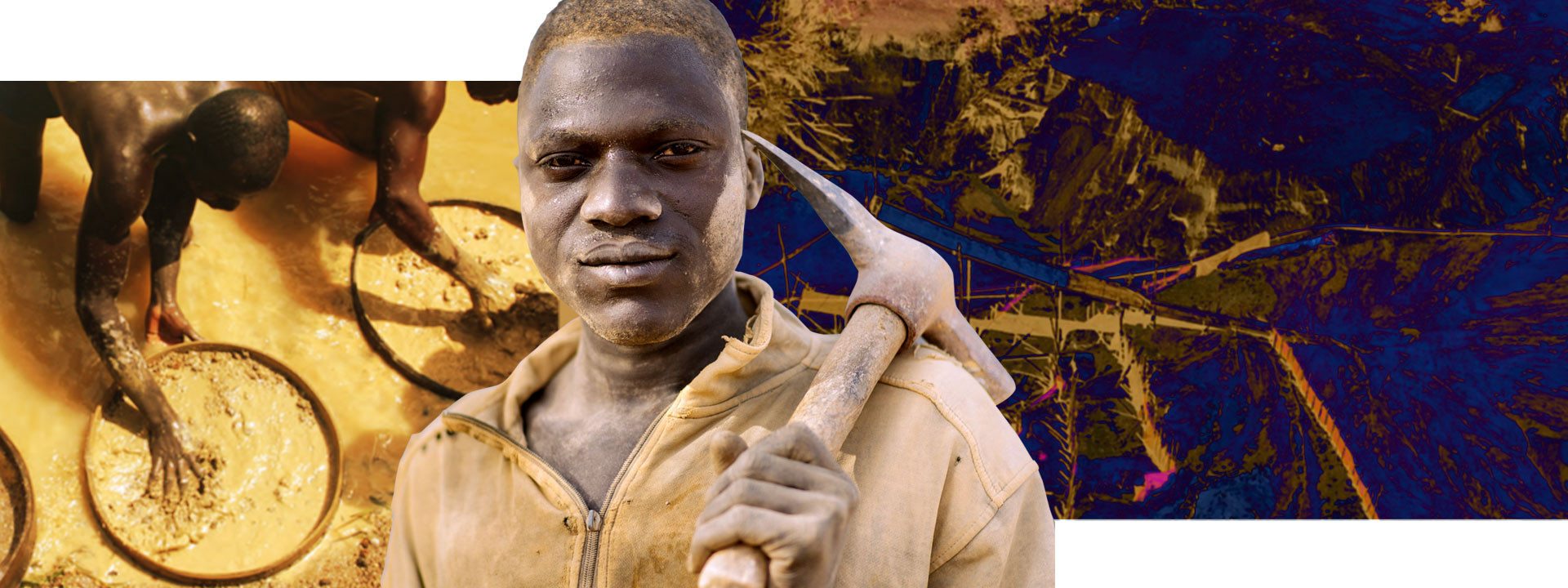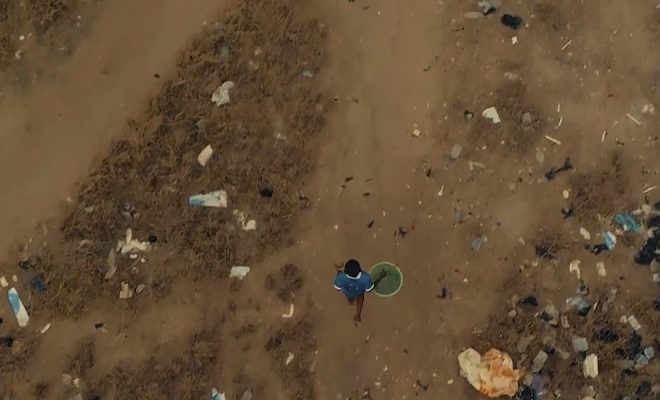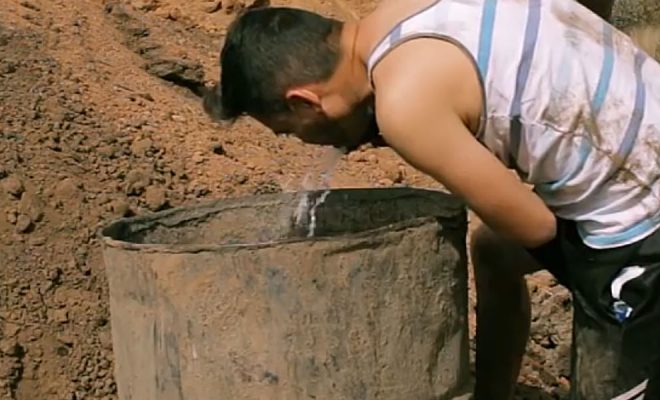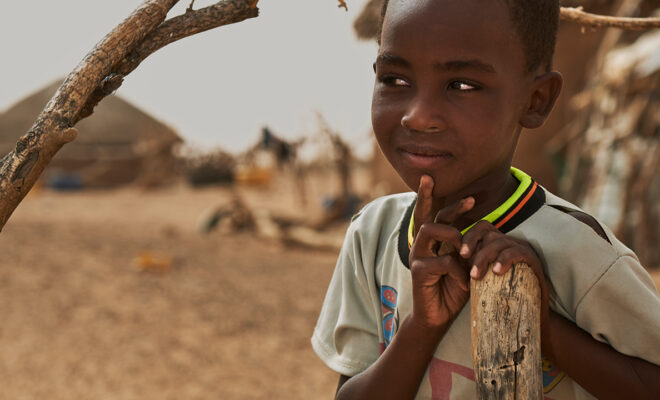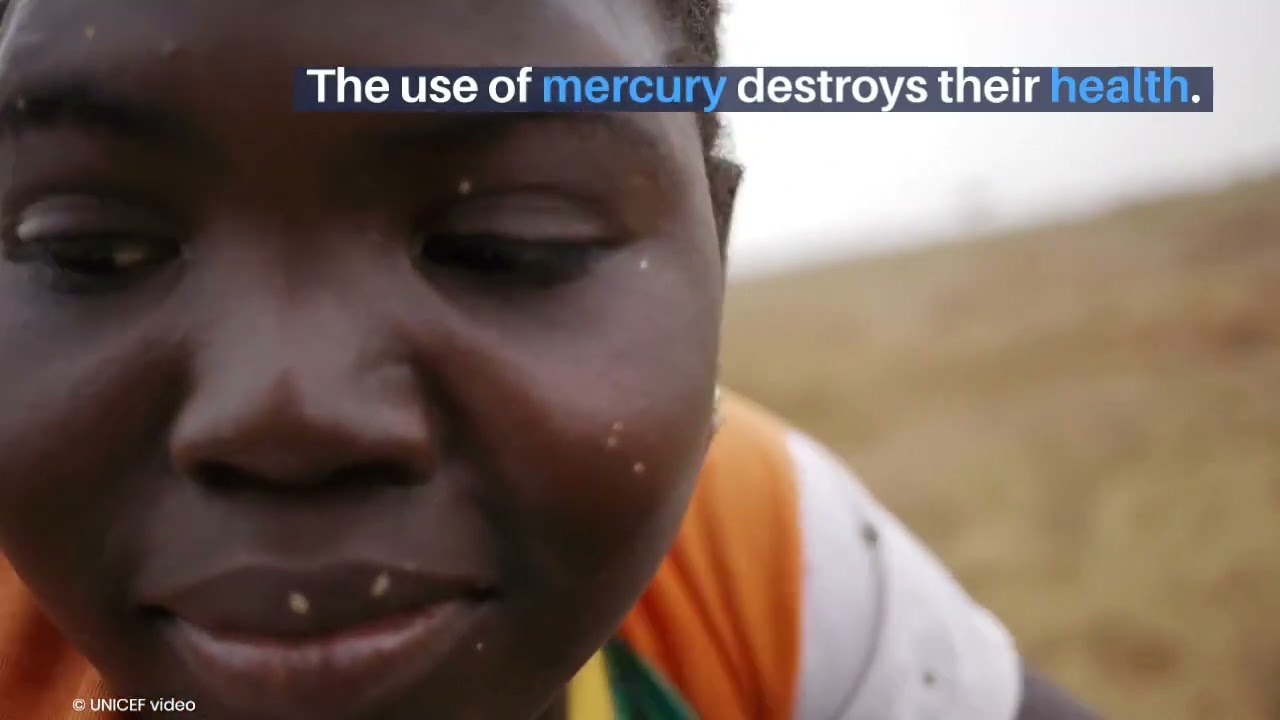
Thousands of families make a living from artisanal gold mining in the Andean mountains of the Amazon basins of Peru, Bolivia, and Colombia. Some are the third generation of miners who have resisted the ups and downs of a market that has evolved and expanded since the 1980s. This activity has also spread throughout many countries in sub-Saharan Africa and South Asia. According to Delve, an international platform specializing in artisanal and small-scale mining (ASM) data, between 15 and 20 million people worldwide are directly involved in artisanal gold mining. Some 50 million depend on it for their livelihoods.
It is primarily informal mining, carried out in small or medium-sized operations, using rudimentary techniques requiring little investment. It usually occurs in rural regions where economic alternatives are minimal and where the persistence of mining has made other sources of subsistence impossible.
The often semi-clandestine nature of these operations makes it difficult to determine production accurately. However, Metals Focus, a specialized consulting firm, estimates that ASM produces about 560 tons of gold annually, worth about US$27 billion. This represents about 16% of the gold on the global market.
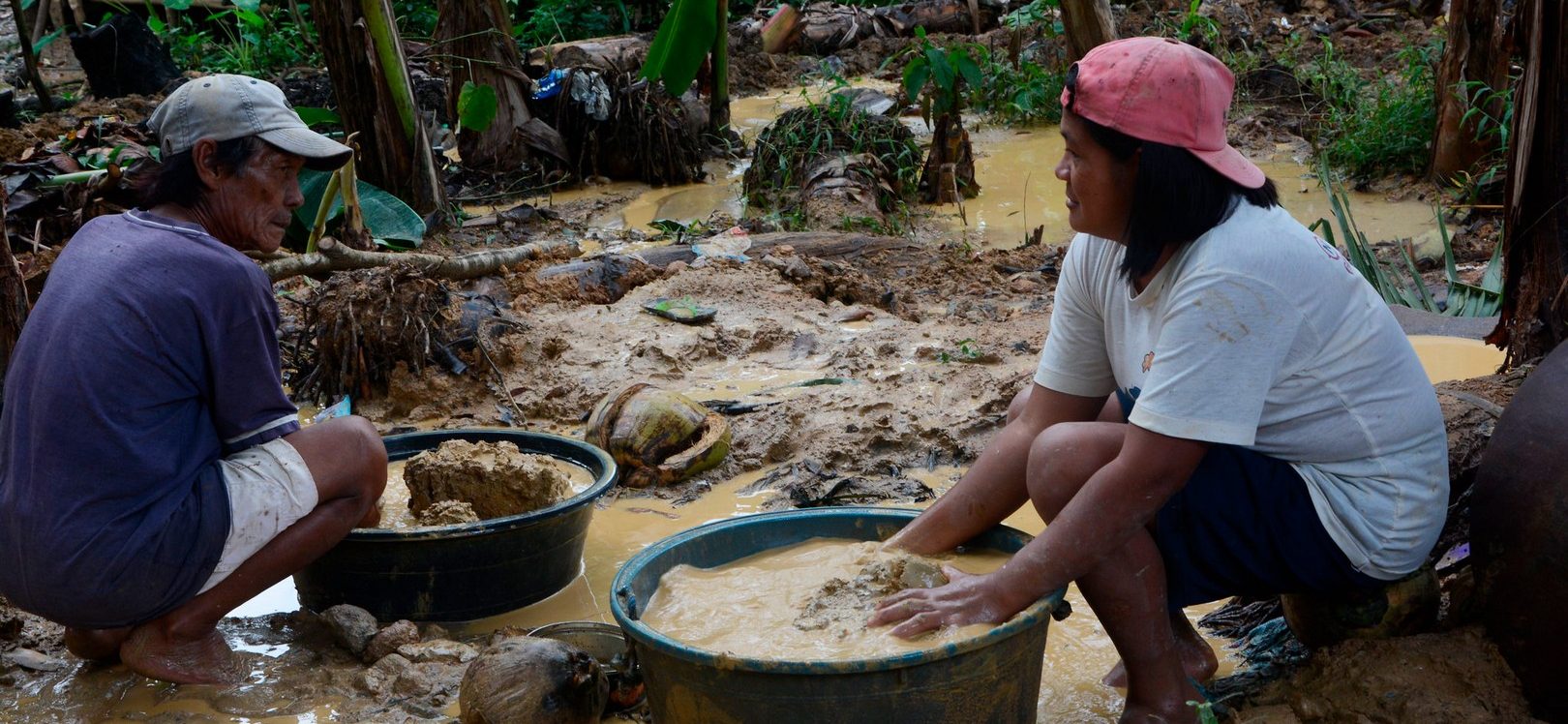
Developing global ethics for the gold market is essential to end dumping and provide justice for miners. © ILO / Minette Rimando
Direct air and water pollution
In nature, gold is found mixed with other minerals. ASM mining often uses mercury (Hg) to separate the metal from the ore, using an age-old process called “amalgamation.” It combines the ore with mercury to form an amalgam, a liquid in which the mercury adheres to the gold and envelops it. When the amalgam is heated, the mercury evaporates and releases the gold.
It is a highly polluting process. Mercury vapors are highly toxic to those heating the amalgam and those downwind of the fires. Exposure to people for prolonged periods causes chronic neurological, renal, hepatic, and cardiovascular diseases and significantly harms pregnant women. In addition, mercury released into the soil and water causes extensive degradation of the environment by passing into fish and shellfish, intoxicating those who eat it.
Around 55 tons of mercury are dumped yearly into rivers and the atmosphere in the Amazon basin. Its effect is devastating: digging mining wells and altering alluvial zones in river basins destroys the vegetation of the Amazon forest. And mercury contamination of soil and water gradually transforms the landscape into a muddy desert, making it difficult for vegetation to reappear in the medium term. For example, in Peru, the world’s fifth largest gold producer, 9,000 hectares of Amazon rainforest were destroyed in 2018.
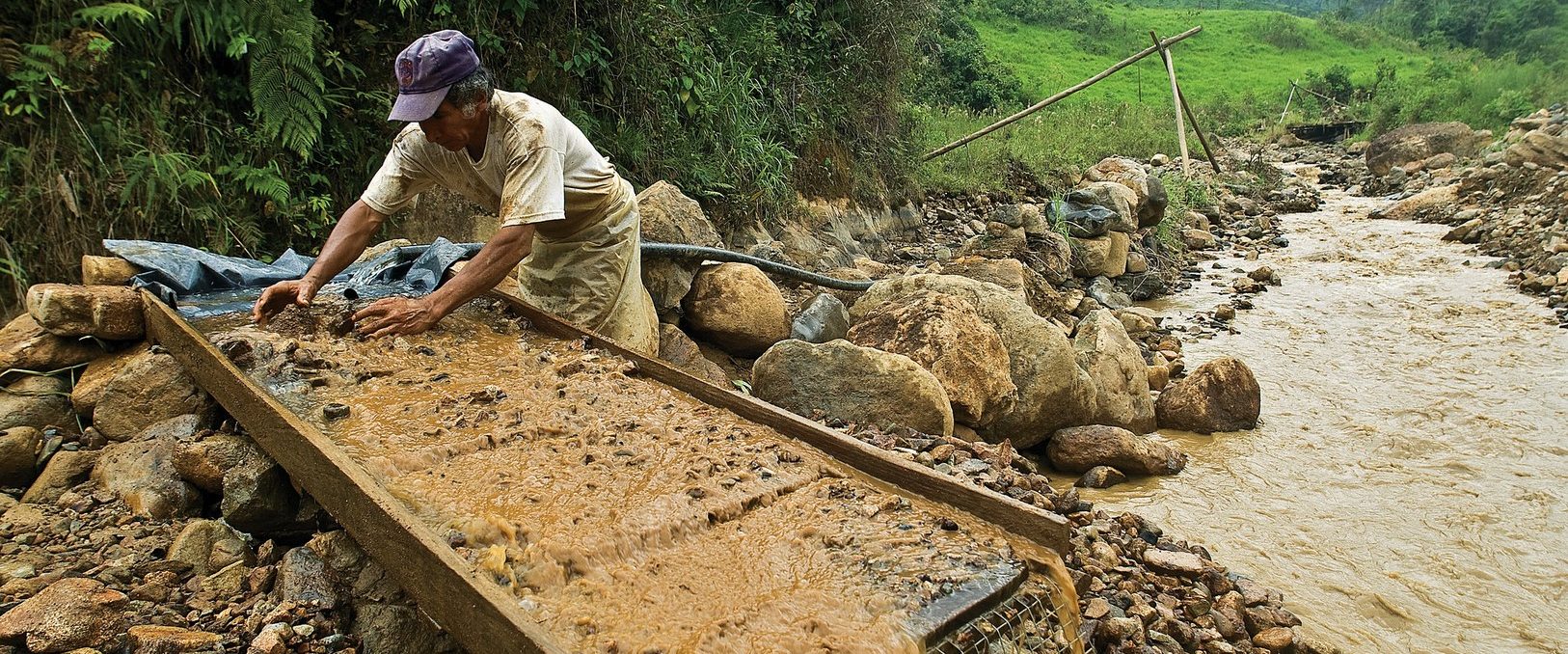
Mercury released into the soil and water causes extensive degradation of the environment by passing into fish and shellfish, intoxicating those who eat it. © Knut-Erik Helle
Methylmercury in the food chain
A recent study published in Science Advances and carried out along the Peruvian Madre de Dios river basin indicates that when rainwater extraction wells are filled, mercury remains at the bottom in areas with little oxygen and is transformed by microbial activity into methylmercury, a highly toxic form of this metal.
The study warns that the presence of methylmercury is five to seven times higher in these artificial ponds than in rivers and notes that when aquatic organisms absorb it, it is biomagnified through the food chain (the larger fish and crustaceans that feed on the smaller ones accumulate it). The contamination thus spreads throughout the ecosystem and enters the food chain of fishing communities.
The WHO estimates that between 1.5 and 2 million people worldwide are at risk of adverse health effects from mercury exposure. However, there is no precise number of illnesses and deaths, as health effects do not always appear immediately and can vary depending on the dose and duration of exposure.
The socioeconomic context does not help
The spread of these ponds in the Amazon skyrocketed in 2008, when the price of gold rose with the financial crisis, exposing the social and political ramifications of illegal ASGM. In addition, it is now common knowledge that many South American drug traffickers and African warlords use artisanal gold to launder their money or buy weapons. As a result, many miners are practically captive to this violence, suffer labor abuses, and many women in their families are forced into prostitution.
According to the United Nations Office on Drugs and Crime (UNODC), in Colombia, seven out of every ten kilograms of gold produced in the country are illegal, and coca is also grown in one third of the places where it is obtained. Furthermore, the US government recently denounced that the areas where most gold is produced are those controlled by the Clan del Golfo and the National Liberation Army (ELN), organizations with commercial links to the Sinaloa Cartel in Mexico.
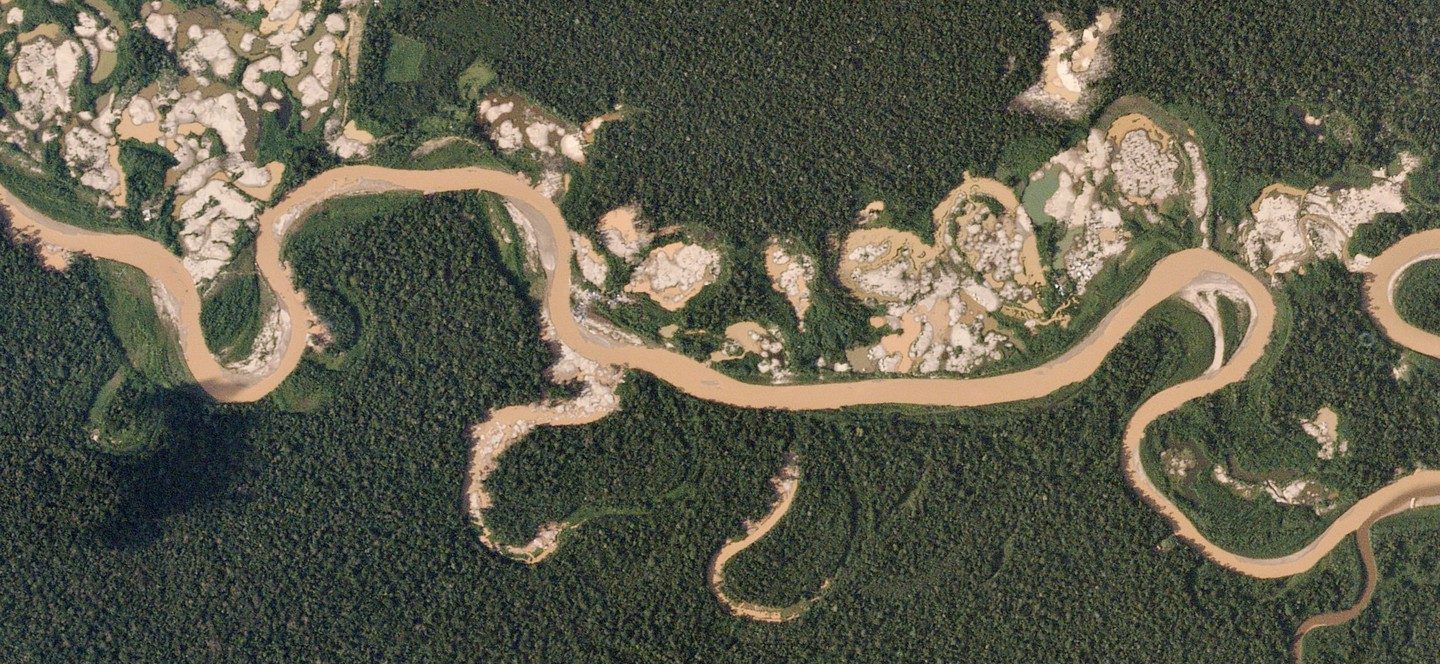
Around 55 tons of mercury are dumped yearly into rivers and the atmosphere in the Amazon basin. Its effect is devastating: digging mining wells and altering alluvial zones in river basins destroys the vegetation of the Amazon forest. © Planet_Labs
Training and protecting miners
The problem is complex and requires internationally coordinated action. Similar to what happened with the “blood diamonds” (those from illegal African extractions removed from the market by the Kimberley Process in 2003), gold-buying countries must maximize their requirements to guarantee their legal origin.
Bringing the activity out of illegality and informality is the way to regulate it. Furthermore, reducing the damage to health and the environment is a fundamental step; otherwise, it is practically impossible to implement technical and health training initiatives for miners.
Another way to control illegal mining is to regulate the informal mercury market. In this regard, the international community adopted the Minamata Convention on Mercury in 2013. This treaty aims to protect human health and the environment by reducing global exposure to this heavy metal. The treaty sets requirements for its production, export, and import and encourages countries to take steps to reduce its use and end dumping.
Other international efforts include the United Nations Environment Programme’s (UNEP) Global Mercury Initiative, which has developed the Global Mercury Partnership Program to facilitate ASM’s link to experts and enhance the training of miners to use safe techniques. Exposure to contamination, often unknown to miners, can be limited by simple and cost-effective methods, such as the use of retorts and conical vessels that reduce the amount of mercury and prevent its release into the environment. Recently, phytomining, an extraction technique that uses plants as an alternative for gold separation, is in the experimental phase.
The international community must end the neglect of artisanal gold miners, legalize their practices, provide them with training and resources, and protect them from extortion. The good news is that consumers in developed countries increasingly demand ethically sourced products, so many large banks, jewelers, and gold refineries are wary of artisanal gold. Instead, they are advocating for traceability and transparency in the supply chain. This is an essential first step.
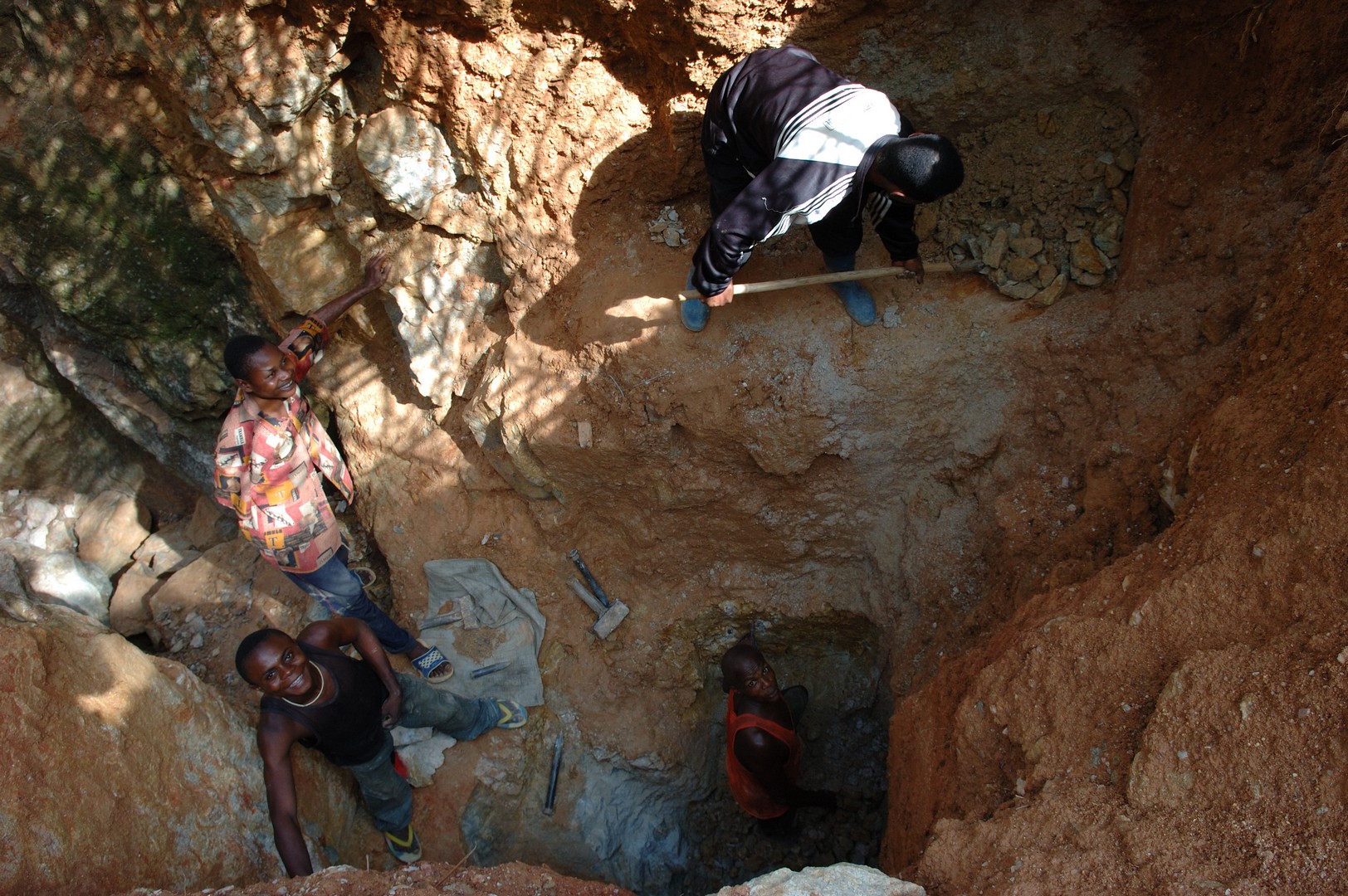
Between 15 and 20 million people worldwide are directly involved in artisanal gold mining. Some 50 million depend on it for their livelihoods. © Julien Harneis


